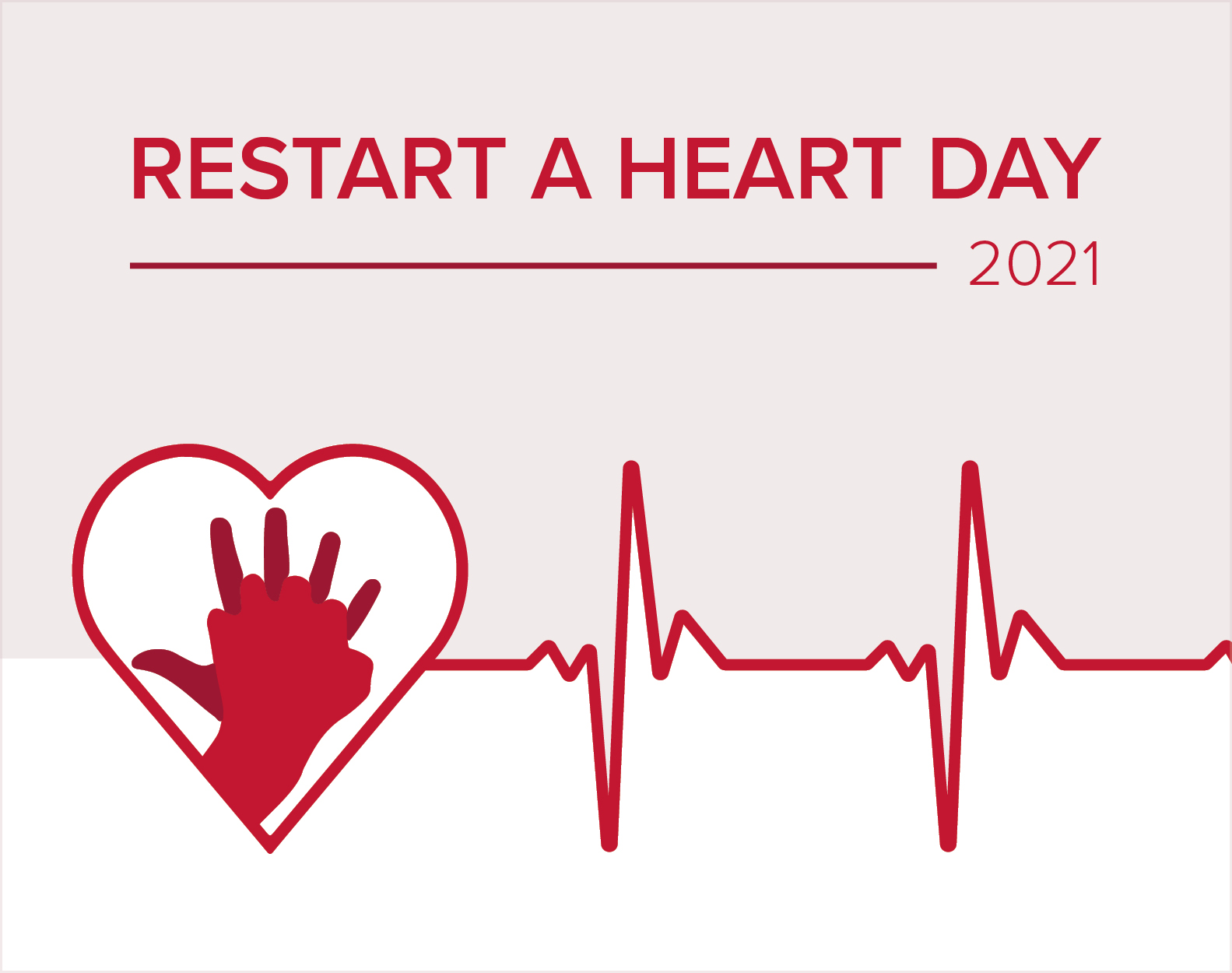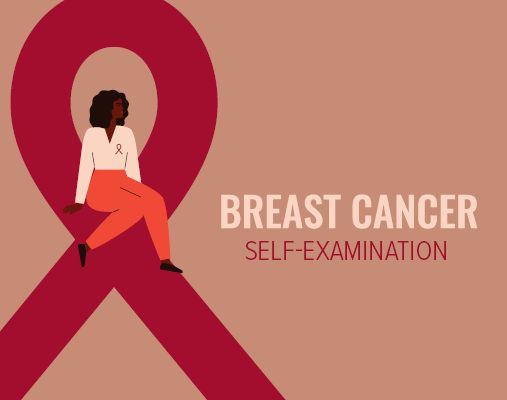Breast cancer early detection: Prevention is better than cure
Every day, there are far too many women – and men – dying from breast cancer. With 1 in 8 women diagnosed with breast cancer at some point in their lives, almost all of us know someone affected by the disease. Let us continue to work together and educate about the importance of early diagnosis for the chances of survival. The American Cancer Society’s research has calculated the 5-year survival rate at 99% if breast cancer is 1. detected early and is 2. still in a localized stage.
What is early detection
Early detection is to find and diagnose a disease even before you begin to see the first symptoms. However, some symptoms of breast cancer can be detected early and indicate the need to actively seek medical examination. Overall, any abnormality noted on your body should be further examined by a medically trained healthcare professional.
How is breast cancer detected?

What is early detection
Early detection is to find and diagnose a disease even before you begin to see the first symptoms. However, some symptoms of breast cancer can be detected early and indicate the need to actively seek medical examination. Overall, any abnormality noted on your body should be further examined by a medically trained healthcare professional.
How is breast cancer detected?
- Self-examination of breasts: There are many resources available to show you how to self-examine your breasts. This simple monthly check that you do yourself can help detect cancer earlier. If you spot any change or lump on the breast or a change in the feel, look or possibly even discharge from your nipples during this examination, contact your doctor right away.

- Clinical breast exams: When you see your family physician or gynecologist for your annual exam, they will perform an in-office exam with a visual check of skin and tissue, a manual check for texture and lumps, as well as further assessment of any abnormality found. The clinical exam plays a vital role in early detection as healthcare professionals are trained to recognize any suspicious are, but it is important to remember that most early symptoms are detected during your monthly self-exam.
- Mammograms: It is recommended that women 40 and over start the screening using mammograms every 1 to 2 years, even if the woman does not recognize any symptoms or risk factors. If any suspicious tissue is found during this process, your doctor will order additional tests like an ultrasound or MRI, possibly followed by a biopsy. It is important to remember that all of these steps - even though they might sound scary – play a vital role in early detection.
More articles

16. October 2021
Learn to Restart a Heart - Save a Life!
12. October 2021
The 3B Scientific Halloween Sale is here!

